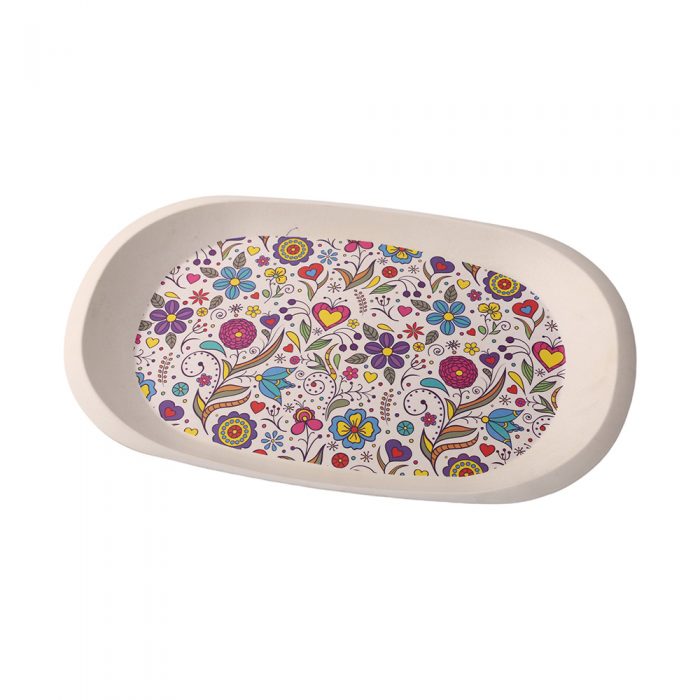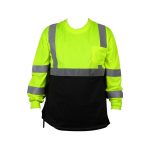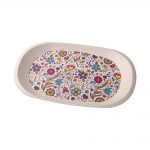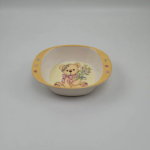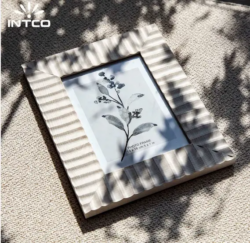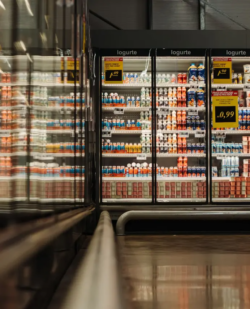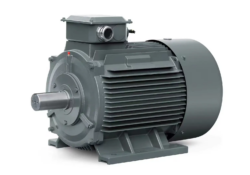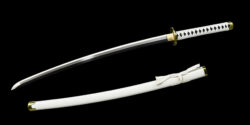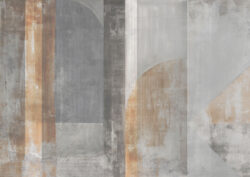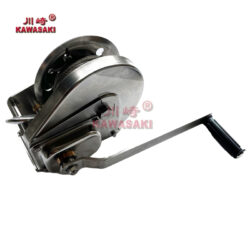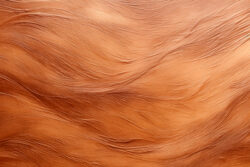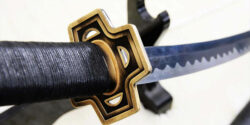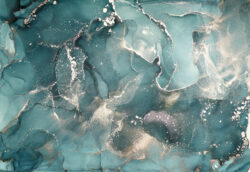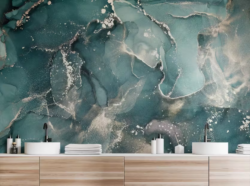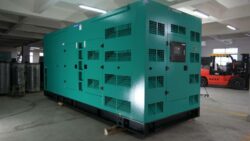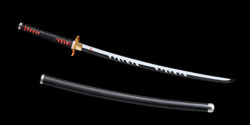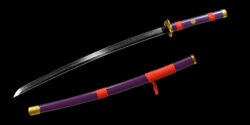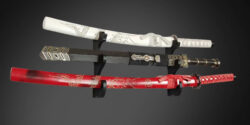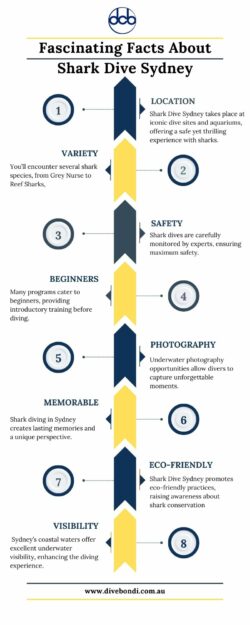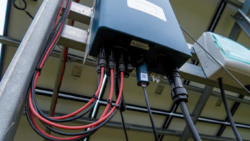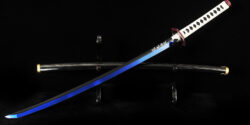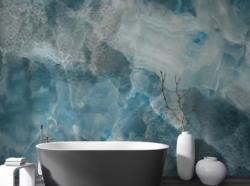What are the key features and characteristics of melamine and bamboo fiber plates, and how do they compare to other types of dinnerware?
Melamine and bamboo fiber plates have several key features and characteristics that set them apart from other types of dinnerware.Melamine plates are made of a durable and shatter-resistant plastic material that can withstand a lot of wear and tear. They are also lightweight, making them easy to handle and stack. Melamine plates are available in a wide range of colors and designs, making them a popular choice for outdoor dining, picnics, and casual dining settings.Bamboo fiber plates, on the other hand, are made from a natural, renewable resource that is both biodegradable and eco-friendly. They are also lightweight and durable, making them ideal for everyday use. Bamboo fiber plates are available in a range of styles and designs, and they often have a natural look and feel that is reminiscent of traditional ceramic or porcelain plates.Compared to other types of dinnerware, melamine and bamboo fiber plates are generally more durable and less likely to break or chip. They are also easy to clean and maintain, as they can be washed in a dishwasher or by hand. Additionally, they are often more affordable than traditional ceramic or porcelain plates, making them a popular choice for families and casual dining settings.However, it is important to note that there are some drawbacks to using melamine and bamboo fiber plates. Melamine plates are not microwave safe, as they can become hot and potentially release harmful chemicals. Bamboo fiber plates may not be as heat resistant as other types of dinnerware, and they may become damaged if exposed to high temperatures.
